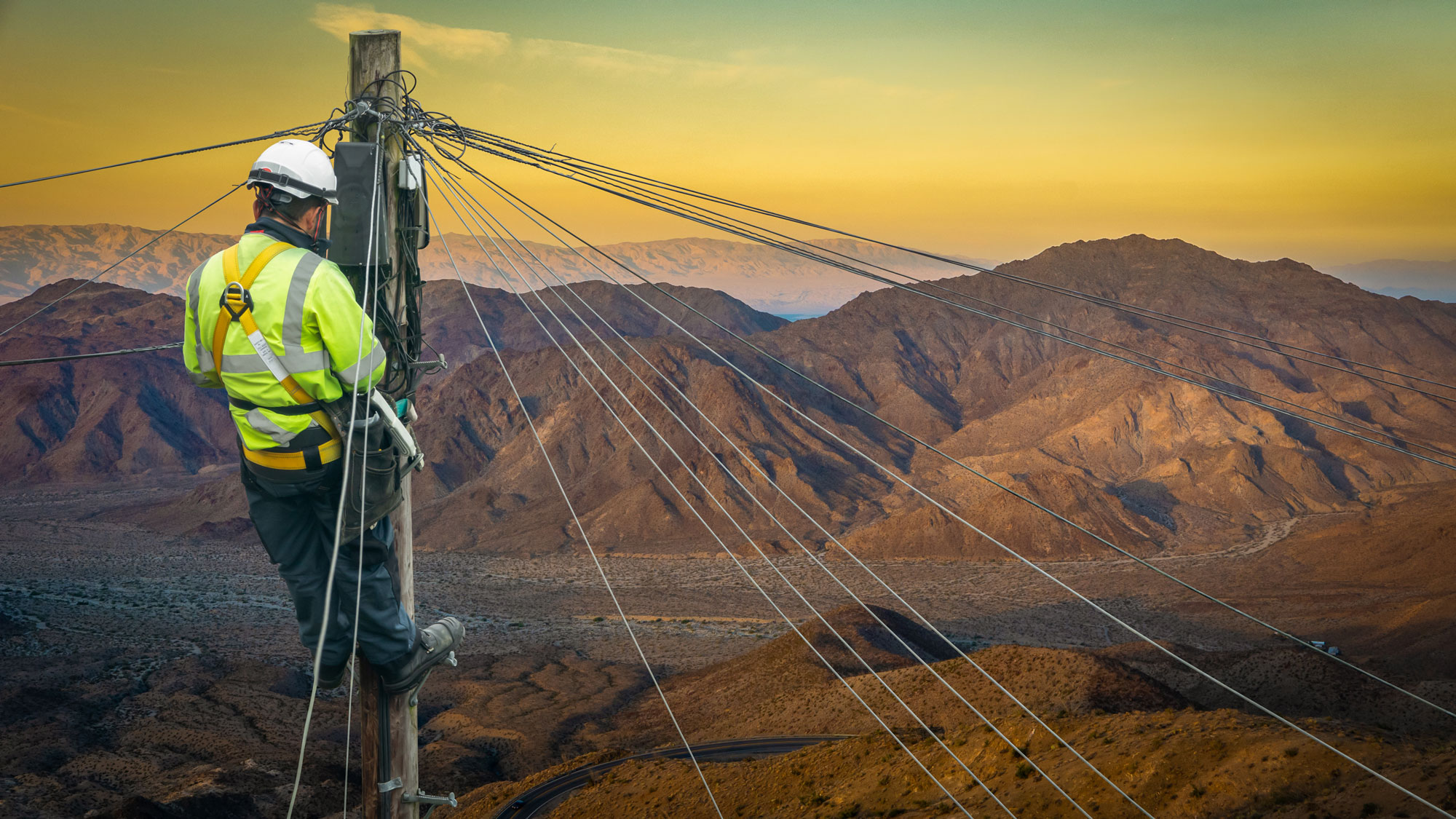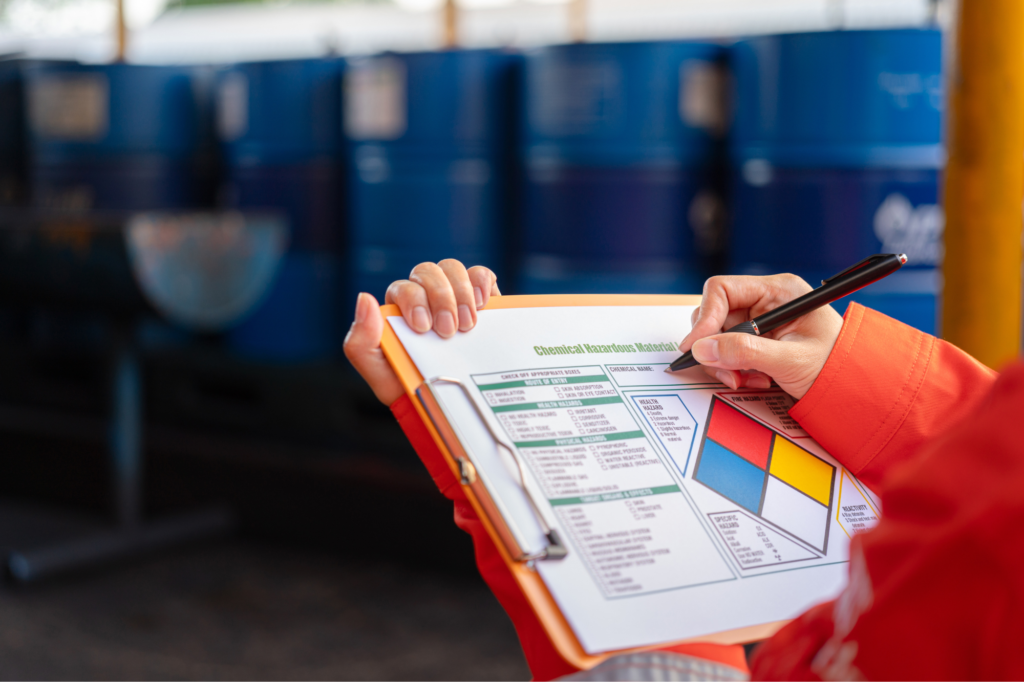
7 Best practices for protecting solitary workers
Ensuring jobsite safety is necessary, and a key aspect of this is looking out for fellow workers. However, what can be done in situations when no one else is present? Solitary workers can be found in numerous industries, and their prevalence is increasing as technology replaces the need for larger teams. Regardless of whether employees are surrounded by colleagues or working alone, it’s your responsibility to ensure their well-being. To achieve this, here are a few best practices for consistently safeguarding your solitary workers.
1. Safe work environments
Ensuring a safe workplace is crucial for any team, but it becomes even more critical for lone workers. Without the support of coworkers, they rely solely on themselves and need the assurance that potential hazards in their environment are recognized, addressed, and minimized whenever possible. While safety personnel bear the primary responsibility in this regard, workers should also be empowered to independently verify the safety of their surroundings.
2. Clear emergency plans
Regardless of the precautions taken, accidents are inevitable at times; however, what truly matters is how one reacts in such situations. In the event a solitary worker experiences an injury, it’s paramount to have a well-defined emergency plan in place. Acting swiftly can help prevent serious injuries from resulting in long-term or permanent complications.
3. Fitness assessments
While certain jobs are more suitable for solitary workers, not every employee is well suited for every role. It’s the responsibility of employers to ensure lone workers don’t have any medical conditions that would make them unsuitable for solitary tasks or hinder their ability to seek assistance during emergencies. By conducting proper assessments and addressing any potential limitations or vulnerabilities, employers can prioritize the safety and well-being of their lone workers.
4. Automated warnings
During solitary jobs, automatic warning devices play a vital role in ensuring worker safety. In situations when a lone worker faints, falls, or becomes incapacitated, they may be unable to call for help on their own. In this case, automatic devices prove to be invaluable, as they can promptly alert supervisors or other workers when specific signals or vital signs aren’t received at regular intervals from the solitary employee.
5. Special training
Specialized jobs require specialized skills, particularly when a single worker is responsible for completing all tasks. Moreover, a highly trained worker is less likely to succumb to panic reactions when faced with stressful, unusual, or hazardous situations.
Additional training holds significance not only in ensuring timely and cost-effective task completion but also in equipping lone workers with the ability to find innovative solutions in unconventional circumstances. Moreover, they must possess a thorough understanding of the risks inherent in their jobs, enabling them to recognize when it’s necessary to seek guidance from a supervisor instead of proceeding further.
6. Setting limits
Employers must set clear boundaries regarding the duration, intensity, and complexity of solitary work. It’s essential to recognize that even the most skilled and experienced workers require breaks, as exhaustion can ultimately result in both unnecessary risks and subpar performance. In the absence of nearby colleagues who can identify signs of fatigue, it becomes imperative to adhere to consistent standards.
7. Supervision
Lastly, it’s crucial to understand that even solitary workers require supervision. While they may not have colleagues nearby or be constantly monitored by their managers, they still need someone to provide oversight. Implementing measures such as mandatory check-ins, remote monitoring devices, and regular visits from supervisors can effectively keep them connected and accounted for within the company.
Ensuring the safety of solitary workers is the responsibility of the company, and it’s important to take preemptive precautions rather than waiting for an issue to arise.


